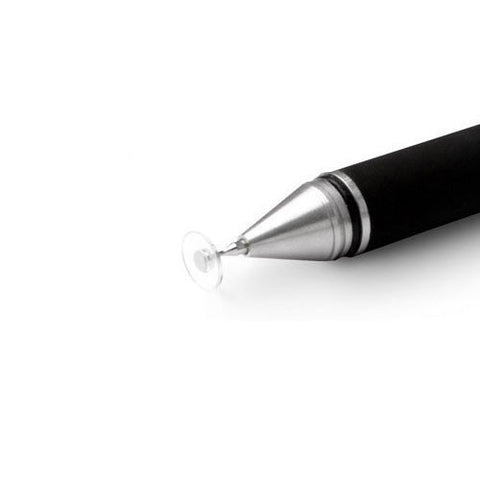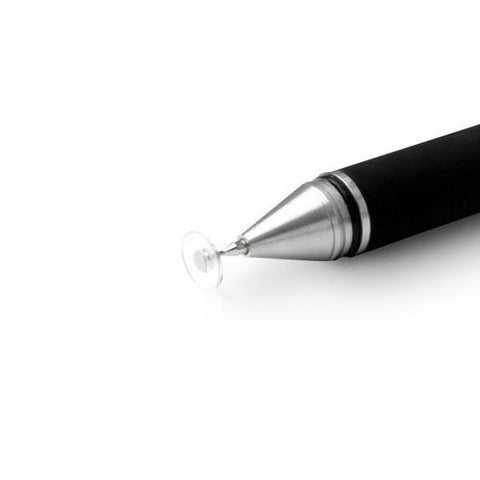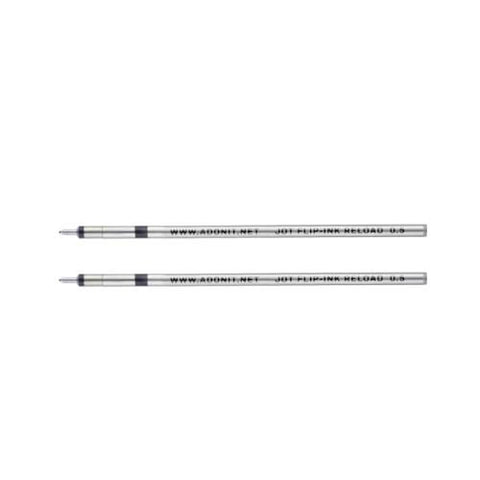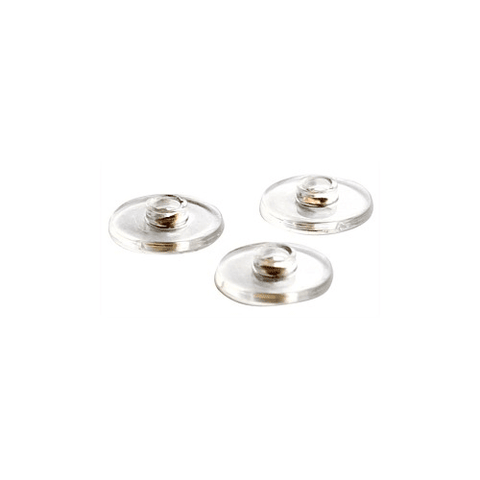Yeti Pro USB Microphone
$379.95
More from this brand: BlueThe Yeti Pro is the world's first USB microphone combining 24 bit/192 kHz digital recording resolution with analog XLR output. Featuring three custom condenser capsules and four different pattern settings, the Yeti Pro can capture digital audio with up to four times the clarity found on CDs. Plus, the Yeti Pro features a cutting-edge A-D converter chip and separate analog circuit path for use with professional studio mixers and preamps. You also get a built-in headphone amplifier for zero-latency monitoring, and direct controls for headphone volume, pattern selection, mute, and microphone gain. So whether you record at home, in a studio (or in the Himalayas!), the Yeti Pro is your ultimate sound solution.
The legend of the Yeti continues with the most advanced and versatile multi-pattern USB microphone roaming the wild today. The Yeti Pro features tools and recording capabilities usually requiring multiple microphones and devices, all with the simplicity of a plug 'n play USB microphone.
You can quickly select from each of Yeti Pro's four pattern settings (stereo, cardioid, omnidirectional, bidirectional) by simply rotating the pattern selector knob. The chart below shows each pattern's symbol, sound source direction, and suggested recording applications.
For a more in-depth look at each pattern, please refer to the detailed descriptions and frequency response charts further down the page.

Cardioid is the most commonly used mode and can be useful in most any situation. If you are recording vocals, a podcast, or a voiceover, cardioid is likely your best choice. When recording in cardioid, sound directly in front of the microphone is picked up while the sound at the rear and sides of the microphone is not picked up. Therefore, you will want to arrange the source directly in front of the microphone. Cardioid will deliver the most direct, rich sound, but will not offer as much airiness or presence as the other recording modes.
Omnidirectional means that the microphone picks up sound equally from all directions. This setting is perfect for recording a group of musicians all playing at the same time, recording a conversation between multiple parties around a room, a conference call, or any other situations where you want to capture the ambience of 'being there.' Because sound is picked up from all directions in this mode, the orientation of the microphone isn't crucial, but as a good rule of thumb, start by orienting the front of the microphone at the primary sound source you wish to record.
Bidirectional means that the microphone picks up sound at the front and rear of the microphone, while the sounds to the sides are "rejected", or not picked up. The bidirectional setting is very useful in achieving a nuanced, pleasant sound when recording musical instruments, and is perfect for recording an interview with two or more guests. By placing the microphone between two or more subjects (front of microphone facing one source, rear of microphone facing another), you can achieve a natural sound without the complexity of using multiple microphones.








